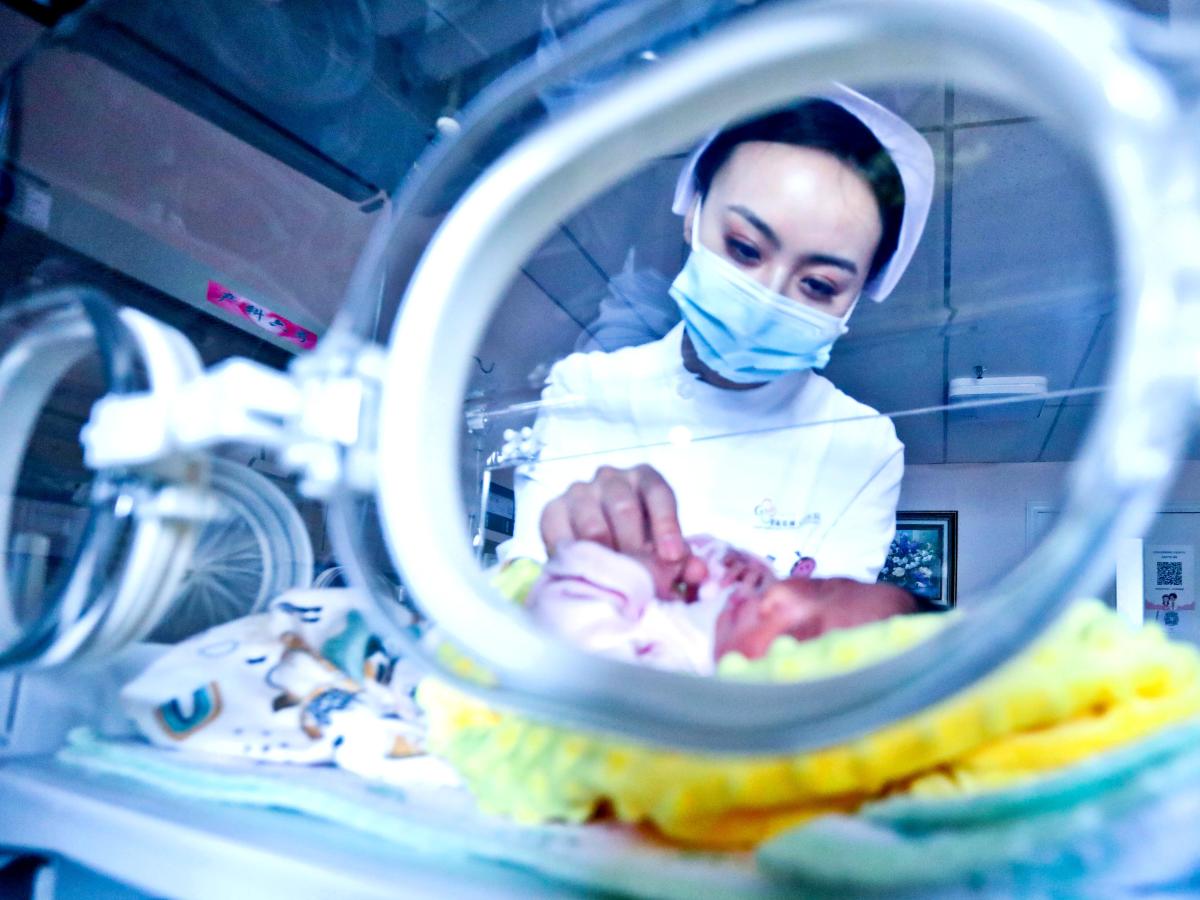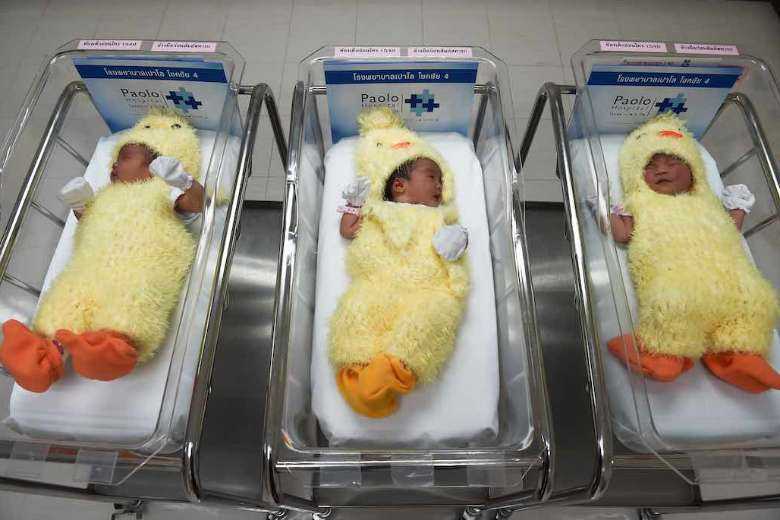
East Asia faces population drop 10 years earlier than anticipated
China, South Korea and Taiwan follow Japan into low birthrate economic woes
East Asia faces population drop 10 years earlier than anticipated
China, South Korea and Taiwan follow Japan into low birthrate economic woesMarch 13, 2021 10:32 JST
TOKYO -- East Asia has entered an era of population decline. Japan was the first to show a clear trend of sustained falls, but now China, South Korea and Taiwan are too.
Last year, South Korea, Taiwan and Hong Kong all posted natural population declines -- meaning there were more deaths than births -- for the first time since comparable data became available. And the number of newborns seems to have declined significantly in mainland China as well.
The region could see a further drop in the number of newborns this year due to the pandemic.
Net population declines have begun 10 years earlier than widely anticipated, hampering long-term growth prospects.
South Korea recorded a natural population decline of 32,700 in 2020, while Taiwan posted a drop of 7,900 and Hong Kong a fall of 6,700.
The number of deaths in South Korea, Taiwan and Hong Kong remained roughly unchanged last year thanks to their stringent coronavirus measures, but the number of newborns fell sharply -- 10%, 7% and 18.5%, respectively.

China, which has an estimated population of 1.4 billion, is also edging closer to a natural population decline. According to the country's Ministry of Public Security, the number of newborns fell 15% in 2020 to 10.03 million, almost balanced out by the country's nearly 10 million deaths.
Yet, the figures could be deceiving. The ministry's data is based on registration, and there could be many unfiled births. China's National Bureau of Statistics is expected to release its newborn figure for 2020 as early as April, based on its once-a-decade population census, which was conducted last year.
Given how long pregnancies last, COVID-19 would have had a limited impact on the number of the region's newborns last year. The declining number of marriages had a bigger impact.
In China, South Korea and Taiwan, the number of marriages had been on a steady downtrend before the pandemic. The number of couples getting married in the three economies fell 10% to 30% between 2015 and 2019 due to soaring housing prices and other harsh economic realities that stifle younger generations. In each, the number of marriages fell about 10% last year, a sign that newborn numbers could drop further in 2021.
A falling birthrate seriously impacts a nation's economic performance. In the 1970s, Japan's total fertility rate -- the average number of children a woman will have in her lifetime -- was about 2, so there were enough newborns to keep the overall population afloat. But the rate started to drop markedly in the mid-1980s, when the country's gross domestic product topped $10,000 per capita. A decade later, the rate sank below 1.5.
South Korea's and Taiwan's per capita GDPs crossed $10,000 in the first half of the 1990s, and their fertility rates fell below 1.5 a decade later. China's per capita GDP exceeded $10,000 in 2019, and if the experience of its peers is any guide, its fertility rate will start falling soon.
The only difference between Japan's total fertility rate and those of its East Asian neighbors is the speed of decline. Japan started experiencing a fall in natural population in the 2000s, but its fertility rate has largely held above 1.3.

South Korea's fertility rate dipped to 0.98 in 2018 and to 0.84 in 2020, while Taiwan saw its rate fall to around 1. Some experts estimate that China's fertility rate has already dropped to 1.2 or 1.3. A rapid decline in population leads to a "demographic cliff," and those economies would face much steeper cliffs than the one confronting Japan, if the downtrend continues.
The next 10-plus years will be crucial for arresting the rapid birthrate declines.
Until 2000, the number of newborns in China, South Korea and Taiwan remained twice as high as current levels. If people aged 20 or older, who make up a large portion of these populations, have more babies, the population decline could stop. But since baby booms ended after 2000, these nations' birthrates have fallen sharply. In a decade or so, the pool of potential parents will have severely evaporated.
None of East Asia's economies expected their populations to start shrinking so soon. In late 2016, Statistics Korea projected that the country's population would start declining in 2032. In 2019, the United Nations forecast that South Korea's population would start shrinking in 2025 and Taiwan's in 2030.
As for China, the Chinese Academy of Social Sciences expects the country's population to start falling in 2030, with the U.N. saying the decline will begin in 2032. But recent figures indicate the drop could begin much sooner.
...










